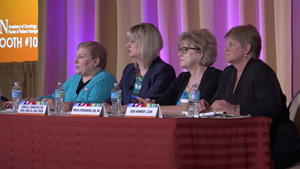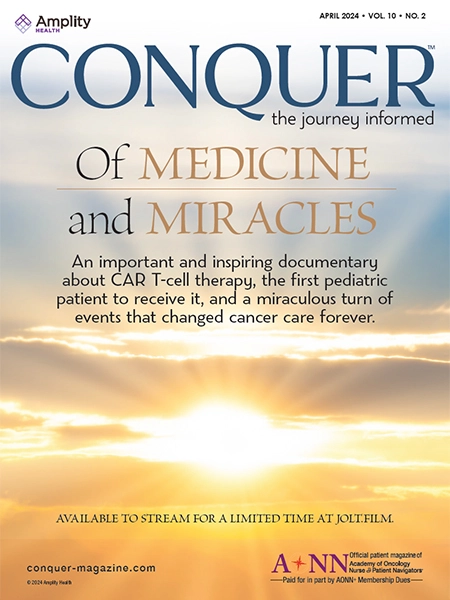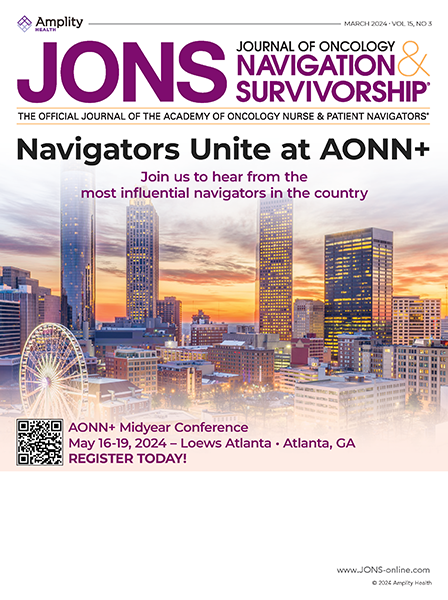Video Library Categories
- Acuity
- AONN+ Memories
- Barriers to Care
- Best Practices
- Best Practices in CAR T-Cell Therapy
- BOLD
- Breast Cancer
- Cancer Biomarkers
- Cancer-Related Legal Issues
- CAPE CLL
- Caregivers
- Case Studies
- Chronic Disease
- Clinical Pearls
- Clinical Trials
- CoC Standards
- Commission on Cancer
- Committees
- Conference Testimonials
- Coordination of Care/Care Transitions
- COVID-19
- Distress Screening
- Evidence into Practice
- Financial Navigation
- Financial Toxicity
- Genetics and Genomics
- Health Disparities
- Heroes of Hope
- Immunotherapy
- Integrative Cancer Care
- Local Navigator Networks
- Member Benefits
- Membership Testimonials
- Mental Health
- Navigation
- Navigator Anecdotes
- Navigator FAQs
- Networking and Community
- Novice Navigators
- Nurse Navigation
- Nurse Navigators Video Vignette Series
- Oncology Care Model
- ONE Award
- Operations Management
- Patient Advocacy/Empowerment
- Patient FAQs
- Patient Navigators
- Policy and Advocacy
- Precision Medicine
- Products and Devices
- Professional Roles and Responsibilities
- Psychosocial Support Services/Assessment
- Reducing Racial Disparities in Cancer Care
- Research
- Research/Quality/Performance Improvement
- Role of the Navigator
- Sexuality and Cancer
- Standardized Metrics
- Starting a Navigation Program
- Support Services
- Survivorship
- Technology
- Telehealth
- Tools and Resources
- Town Hall and Panel Discussions
- Tumor Boards
- Value-Based Care
- What's Your Why?
Town Hall & Panel Discussions
What to Do When Management Doesn't Support You as a Navigator
Danelle Johnston, MSN, RN, HON-ONN, OCN,Vicki Kennedy, LCSW,Lillie D. Shockney, RN, BS, MAS, HON-ONN-CG,Tricia Strusowski, RN, MS
Danelle Johnston, Vicki Kennedy, and Tricia Strusowski agree that administrators often don't understand what navigators do. They provide information on resources that support the role of the navigator.
Questions to Ask Your Patients
Danelle Johnston, MSN, RN, HON-ONN, OCN,Vicki Kennedy, LCSW,Lillie D. Shockney, RN, BS, MAS, HON-ONN-CG,Tricia Strusowski, RN, MS
Lillie Shockney outlines some of the initial questions she asks her patients upon meeting them.
Understanding Survivorship and Life Goals
Danelle Johnston, MSN, RN, HON-ONN, OCN,Vicki Kennedy, LCSW,Lillie D. Shockney, RN, BS, MAS, HON-ONN-CG,Tricia Strusowski, RN, MS
Lillie Shockney addresses when survivorship begins, how to assess patients' life goals, and how to ensure that their treatment plan aligns with their priorities and passions. She goes on to share a touching anecdote regarding a former patient and her survivorship plan.
Advice for Managing Navigation Workflows
Danelle Johnston, MSN, RN, HON-ONN, OCN,Vicki Kennedy, LCSW,Lillie D. Shockney, RN, BS, MAS, HON-ONN-CG,Tricia Strusowski, RN, MS
The metrics panel provides practical advice for starting and maintaining successful navigation programs and for using the AONN+ standardized metrics to define and streamline processes across multiple disease states.
Metrics: The "30 Second Elevator Pitch"
Danelle Johnston, MSN, RN, HON-ONN, OCN,Vicki Kennedy, LCSW,Lillie D. Shockney, RN, BS, MAS, HON-ONN-CG,Tricia Strusowski, RN, MS
Tricia Strusowski and Danelle Johnston agree that, when talking to physicians, it's important to note that the AONN+ standardized metrics align with national standards. They also recommend having multiple elevator pitches tailored to different audiences.
Timeliness of Care and Retention Metrics
Danelle Johnston, MSN, RN, HON-ONN, OCN,Vicki Kennedy, LCSW,Lillie D. Shockney, RN, BS, MAS, HON-ONN-CG,Tricia Strusowski, RN, MS
Danelle Johnston talks about applying timeliness of care and retention metrics to various disease states.
How to Assess Your Patients
Danelle Johnston, MSN, RN, HON-ONN, OCN,Vicki Kennedy, LCSW,Lillie D. Shockney, RN, BS, MAS, HON-ONN-CG,Tricia Strusowski, RN, MS
Lillie Shockney notes that are many assessment tools available to navigators. Tricia Strusowski goes on to provide examples of how her institution handles key points of contact and process mapping.
Metrics Help Explain the Role of the Navigator
Danelle Johnston, MSN, RN, HON-ONN, OCN,Vicki Kennedy, LCSW,Lillie D. Shockney, RN, BS, MAS, HON-ONN-CG,Tricia Strusowski, RN, MS
Lillie Shockney asks AONN+ conference attendees if physicians understand the role of the navigator, and one navigator says the standardized metrics really help to communicate roles and responsibilities.
When Do Navigators Close Out Their Cases?
Danelle Johnston, MSN, RN, HON-ONN, OCN,Vicki Kennedy, LCSW,Lillie D. Shockney, RN, BS, MAS, HON-ONN-CG,Tricia Strusowski, RN, MS
Tricia Strusowski refers to the standardized metrics source document to help navigators determine their caseload. The metrics panel then addresses how navigators can set their patients' expectations regarding treatment and boundaries.
Caseloads and Metrics
Danelle Johnston, MSN, RN, HON-ONN, OCN,Vicki Kennedy, LCSW,Lillie D. Shockney, RN, BS, MAS, HON-ONN-CG,Tricia Strusowski, RN, MS
Tricia Strusowski notes that determining appropriate caseloads is a challenge and provides insight into the steps the AONN+ Metrics Subcommittee is taking to establish benchmarks.
- 1
- 2
Thank You to Our Corporate Sponsors and Alliance Partners!
-

Major Corporate Sponsor
-

Patron Corporate Sponsor
-

Patron Corporate Sponsor
-

Patron Corporate Sponsor
-

Industry Relations
Council Member -

Industry Relations
Council Member -

Industry Relations
Council Member -
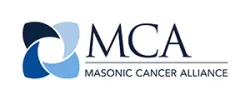
National Alliance Partner
-
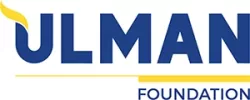
National Alliance Partner
-

National Alliance Partner
-

National Alliance Partner
Privacy Notice | Terms of Use
© 2009- DBA AONN+ Academy of Oncology Nurse & Patient Navigators® | PO Box 563, Cranbury, NJ 08512 |
AONN+ DBA AONN+ is a 501(c)(6) organization under federal tax guidelines. AONN+ Foundation for Learning, Inc. a 501(c)(3) organization under federal tax guidelines.
AONN+ Advantage, LLC, a wholly owned subsidiary of AONN+.

